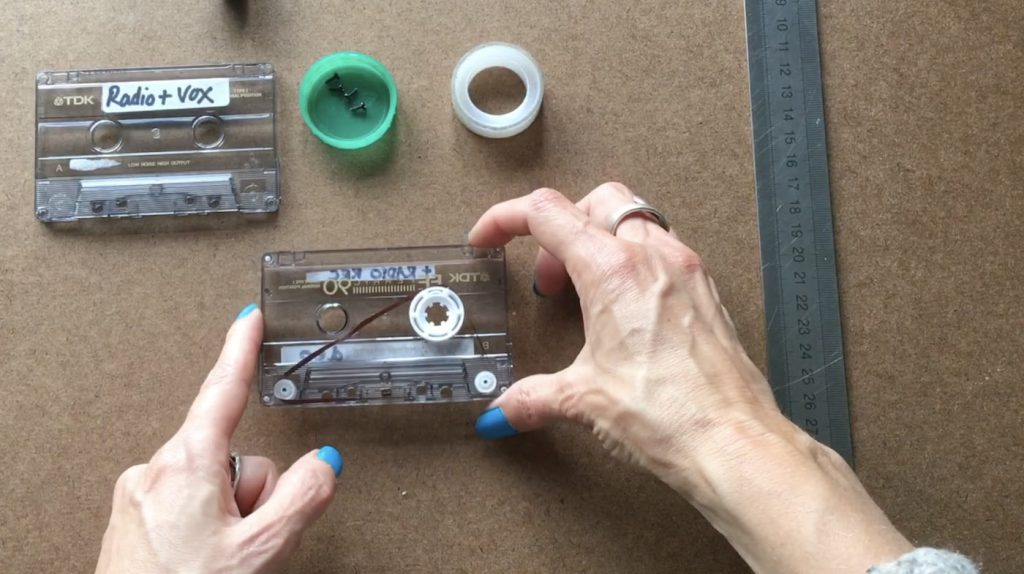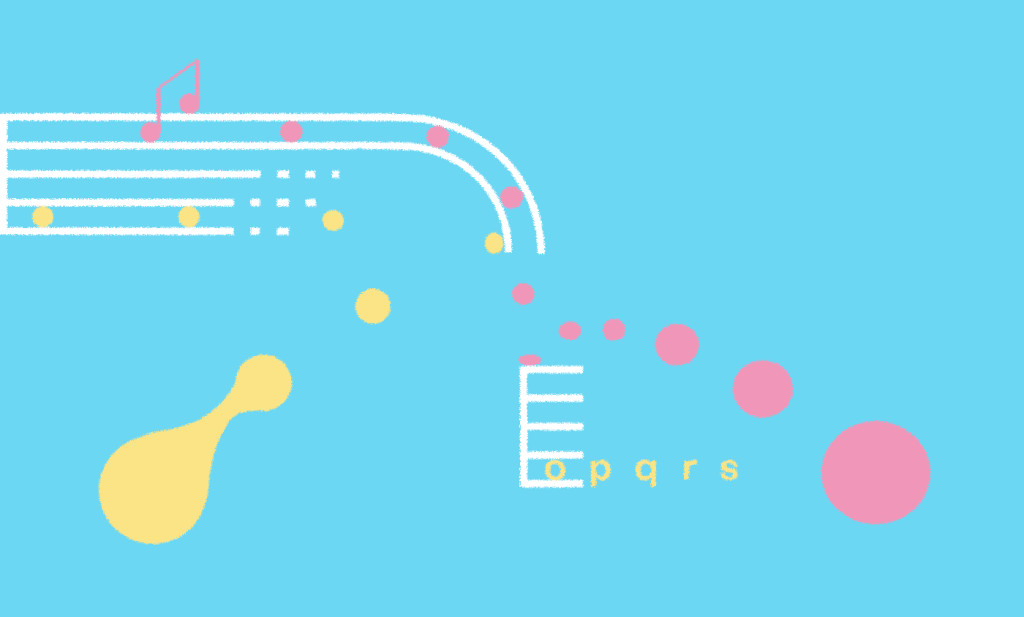
Before explaining what a graphic score is, let’s step back a little and talk about musical scores in general. A musical score is a written or printed piece of music with instructions for musicians to perform vocal or instrumental parts. Stave notation is the most recognised and universal method of writing down music, but it’s not the only way. One fun and experimental way of creating a score is by making a graphic score.
Stave notation vs graphic scores
When you look at a score, it is usually written as ‘stave notation’ – a set of lines with notes sitting on the lines or in the gaps between them. Writing music in this way helps musicians accurately read the pitch and length of the notes. It is really a language for musicians to understand what the composer of the music is telling them to play. For classically trained musicians, this is essential – it would be hard to imagine how else Beethoven’s Sonata No. 29 in B-flat Major would be accurately performed:
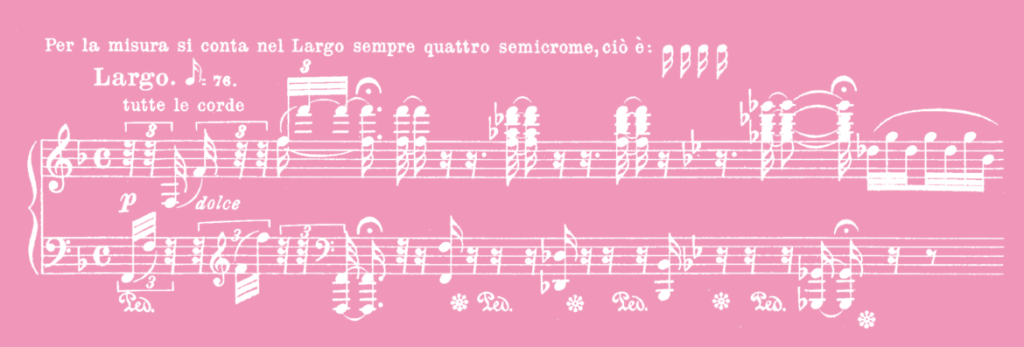
A graphic score is often very different. It is an alternative way to tell a musician what to play, but it often gives the musicians more freedom to express themselves. A graphic score gives visual clues to musicians, but as a graphic score does not include the usual language of stave notation, one musician might play a score very differently to another musician. Here is part of a graphic score by Cardew for his work ‘Treatise’ (hear the music along to the score here: https://www.youtube.com/watch?v=b0V9_xqaw8Q ):
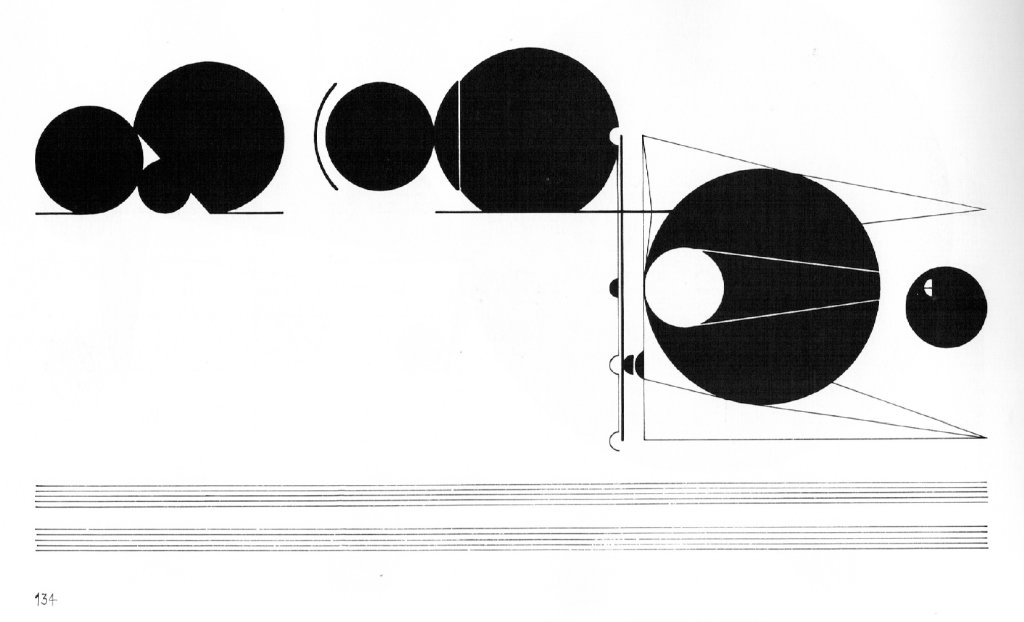
A graphic score is suitable for:
- improvisation
- playing instruments that might not usually have a specific note (such as some electronic synthesisers)
- making sounds rather than playing instruments (e.g. footsteps, running water, tape loops, scrunching paper)
- anyone who hasn’t learnt stave notation
- experimental musicians and composers
- anyone (trained and untrained musicians alike!)
How to read a graphic score
As with stave notation, graphic scores give instructions to the musician. The instructions are simply more open to interpretation (usually). It’s the musician or conductor’s task to think about the score and then decide how to perform music to it. Have a look at these two images below. How do you think music might be played in each example?
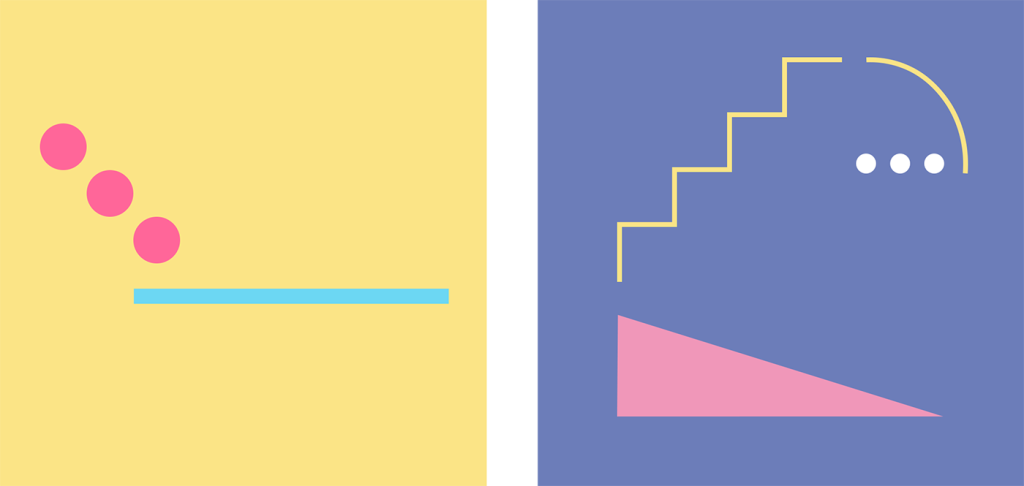
In the image on the left, the three pink dots could represent:
- three notes in a row going down in pitch
- maybe they could represent the sound of three balls being thrown at different heights into a puddle of water
- or perhaps they are three beats using different electronic drum sounds
The blue line could be:
- the sound of calm water
- a section of an orchestra holding one long note
- a tape loop being played
In the image on the right, a number of things happen at once which could help the musician even more:
- the yellow line could represent how pitch (notes) increase and decrease, while at the same time the pink shape could suggest volume or it could be a different instrument or group of instruments playing another note that gets quieter
- the three dots could be drum beats; extra performers joining in; or bursts of notes
- or you could think about it literally – the yellow line representing the sound of walking up steps followed by three people jumping down, and the pink representing the sound of something rolling down a slope – if you like that idea, look up music by John Cage!
Perhaps the background colours of each of the two examples tell you what mood the music should be in.
Have a go at playing music to the two images using instruments or any other sounds.
Examples of graphic scores
Watch this video showing a graphic score for György Ligeti’s electronic piece, ‘Artikulation’. The graphic score itself was created by Reiner Wehinger. Imagine trying to write this using stave notation – it wouldn’t be possible. This graphic score uses a timeline measured in seconds; shapes and colours instead of the notes on a stave; different colours for different pitches and sounds; and combs for noise.
Cathy Berberian used cartoon-like images to tell her what noises to make with her voice in this very funny piece of music called Stripsody:
Pioneering electronic artist Aphex Twin animated visual clues for an orchestra to perform this cinematic piece to:
Here, you can watch Wadada Leo Smith talk about his visual musical language, Ankhrasmation:


